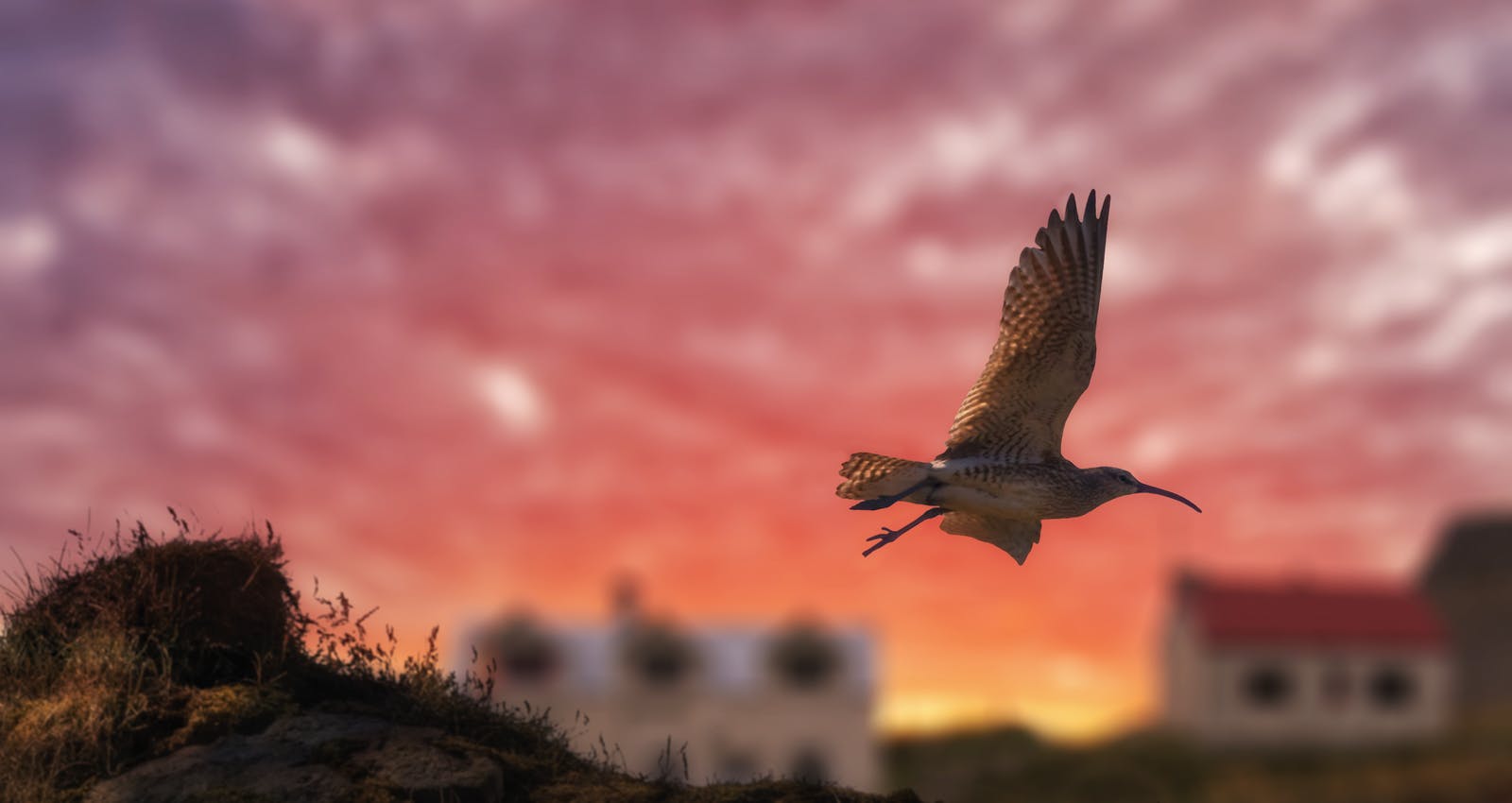
Birding in Iceland
Iceland is a fantastic destination for birdwatching enthusiasts. The country's diverse landscapes, including volcanic terrain, glaciers, fjords, and wetlands, attract a wide variety of bird species.
Best Time for Birdwatching in Iceland
The best time for birdwatching in Iceland is during the summer months, particularly from May to August. Here's a breakdown of the seasons and key factors to consider for birdwatching in Iceland:
Spring (April-May)
As spring arrives in Iceland, migratory birds begin to return from their wintering grounds. April and May are transitional months, with increasing daylight and the arrival of species like Arctic terns, whimbrels, dunlins, and red-necked phalaropes. It's a good time to observe the start of the breeding season and the establishment of nesting territories.
Summer (June-July)
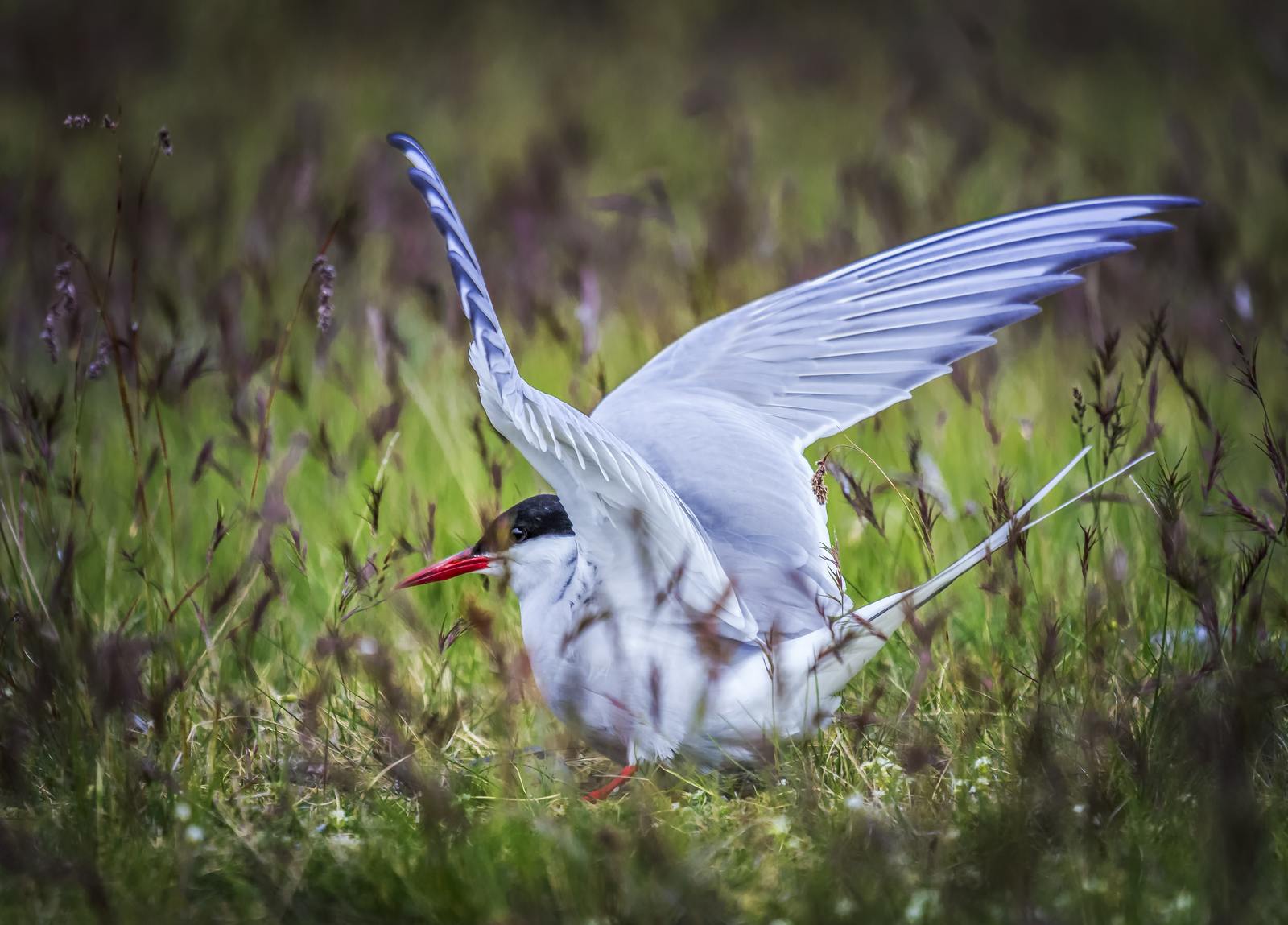
June and July are the peak months for birdwatching in Iceland. The days are long, providing ample daylight for birding activities. During this time, a vast array of bird species can be observed, including seabirds, waterfowl, shorebirds, and passerines.
Puffins, guillemots, razorbills, fulmars, kittiwakes, Arctic terns, and various species of ducks and geese are particularly abundant. The breeding activity is at its peak, with birds displaying courtship behaviour, nesting, and raising their young.
Late Summer (August-September)
Towards the end of summer, some bird species begin their southward migration, while others wait for the autumn or even the winter. August is a good time to observe birds with their fledglings and to witness the changing dynamics of the avian populations. September marks the transition into autumn, with decreasing daylight hours and the departure of many migratory species.
Planning is important

It's important to note that bird populations and migration timings can vary slightly from year to year, influenced by factors such as weather patterns and food availability. To maximize your birdwatching experience, it's recommended to research specific species you're interested in observing and check with local birding organizations, tour operators, or experienced birdwatchers in Iceland for the most up-to-date information on recent sightings and the best locations for birding during your intended visit.
When planning your birdwatching trip, it's essential to pack the right equipment. Consider bringing binoculars or a spotting scope, a field guide specific to Icelandic birds, sturdy footwear, and appropriate clothing to protect yourself from the ever-changing Icelandic weather.
Best Birding Sites in Iceland
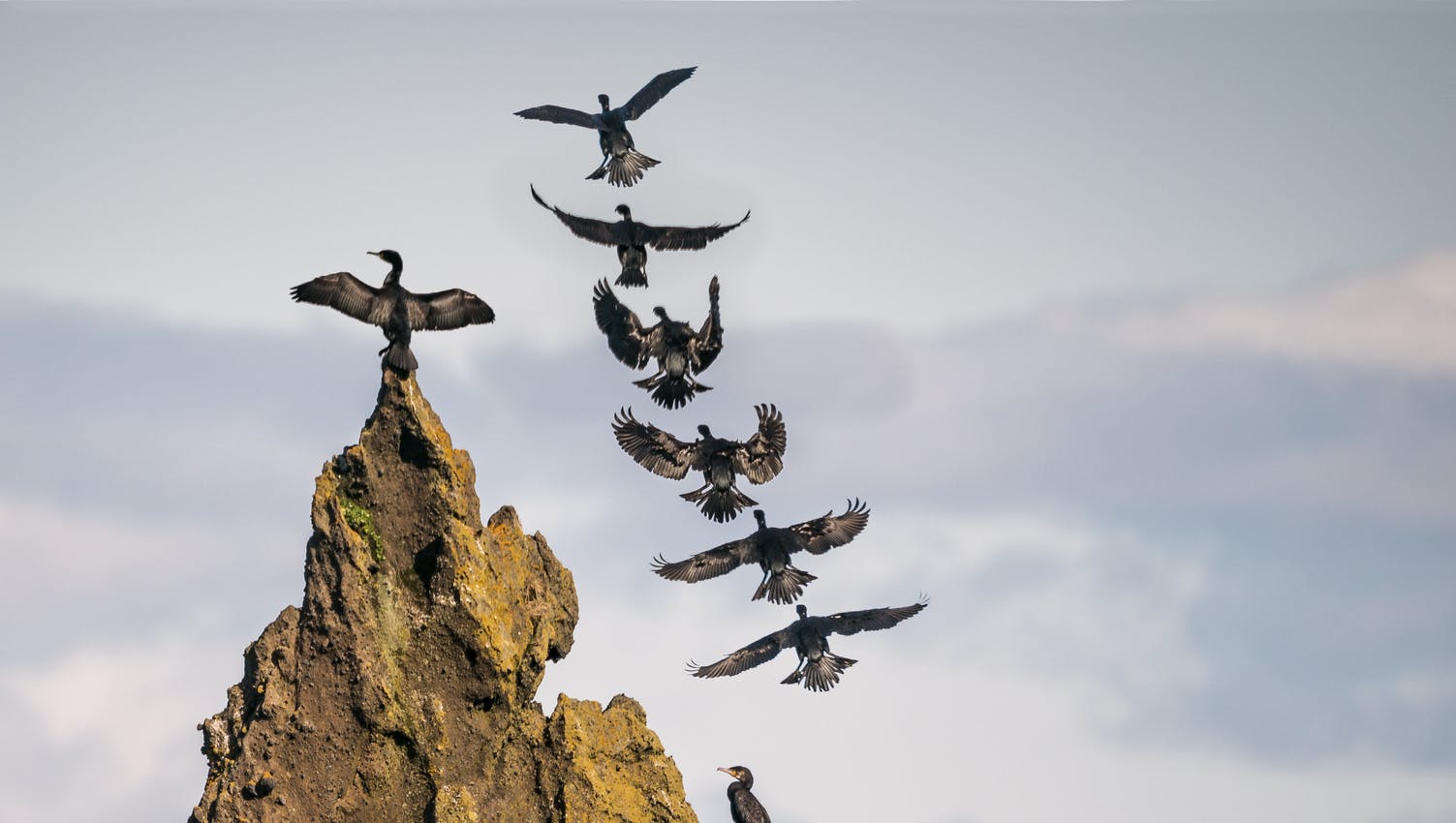
Several areas in Iceland are renowned for their birdwatching opportunities. Some of the top locations are listed below.
1. Lake Mývatn
Located in northern Iceland, Lake Mývatn is a paradise for birdwatchers. It is home to various waterbirds, including several species of ducks, geese, and waders.
2. Snæfellsnes Peninsula
Situated on the western coast of Iceland, Snæfellsnes Peninsula offers excellent birdwatching opportunities, especially for seabirds like puffins, guillemots, and kittiwakes.
3. Vestmannaeyjar (Westman Islands)
These volcanic islands off the south coast of Iceland are known for their seabird colonies, particularly puffins and other auks. The cliffs and rock formations provide ideal nesting sites for these birds.
4. Dyrhólaey
Located on the southern coast of Iceland, Dyrhólaey is a great spot to observe seabirds, including fulmars, guillemots, and kittiwakes. It also offers breathtaking views of the coastline.
5. Hornstrandir Nature Reserve
Situated in the remote northwest corner of Iceland, Hornstrandir is a designated nature reserve and a sanctuary for various bird species. It is home to nesting seabirds, shorebirds, and waterfowl.
Key Bird Species
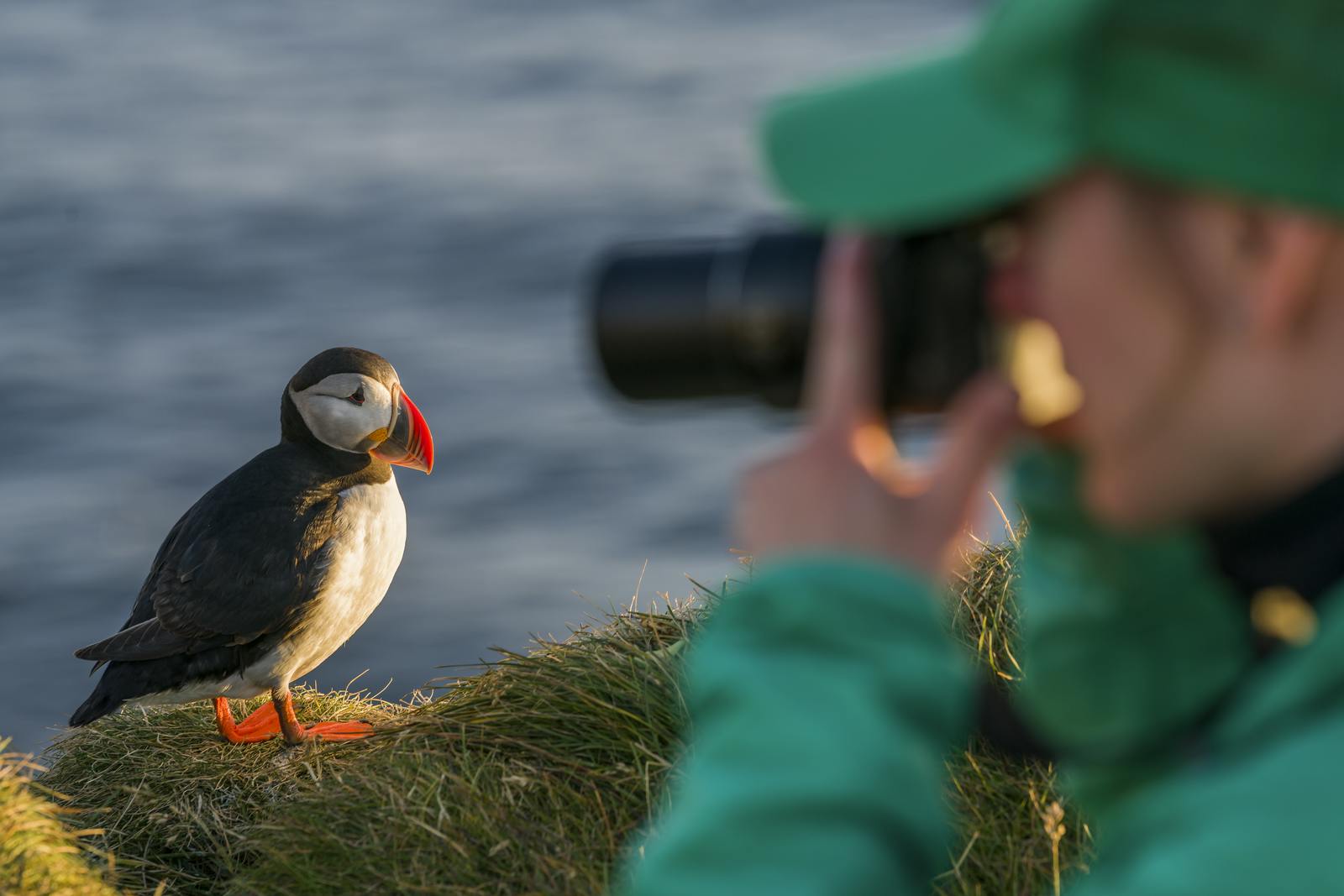
Iceland is famous for its Atlantic puffins, which breed in large numbers along the coastline during the summer. Other notable bird species you may encounter include northern gannets, common eiders, Arctic terns, red-throated divers, and great skuas.
Migratory Birds
Iceland serves as an important breeding ground for numerous migratory bird species. Many birds come from Europe and North America to nest and raise their young in Iceland's favourable habitats. Some of the migratory species include Arctic terns, whimbrels, dunlins, red-necked phalaropes, and various species of geese and ducks.
Seabird Colonies
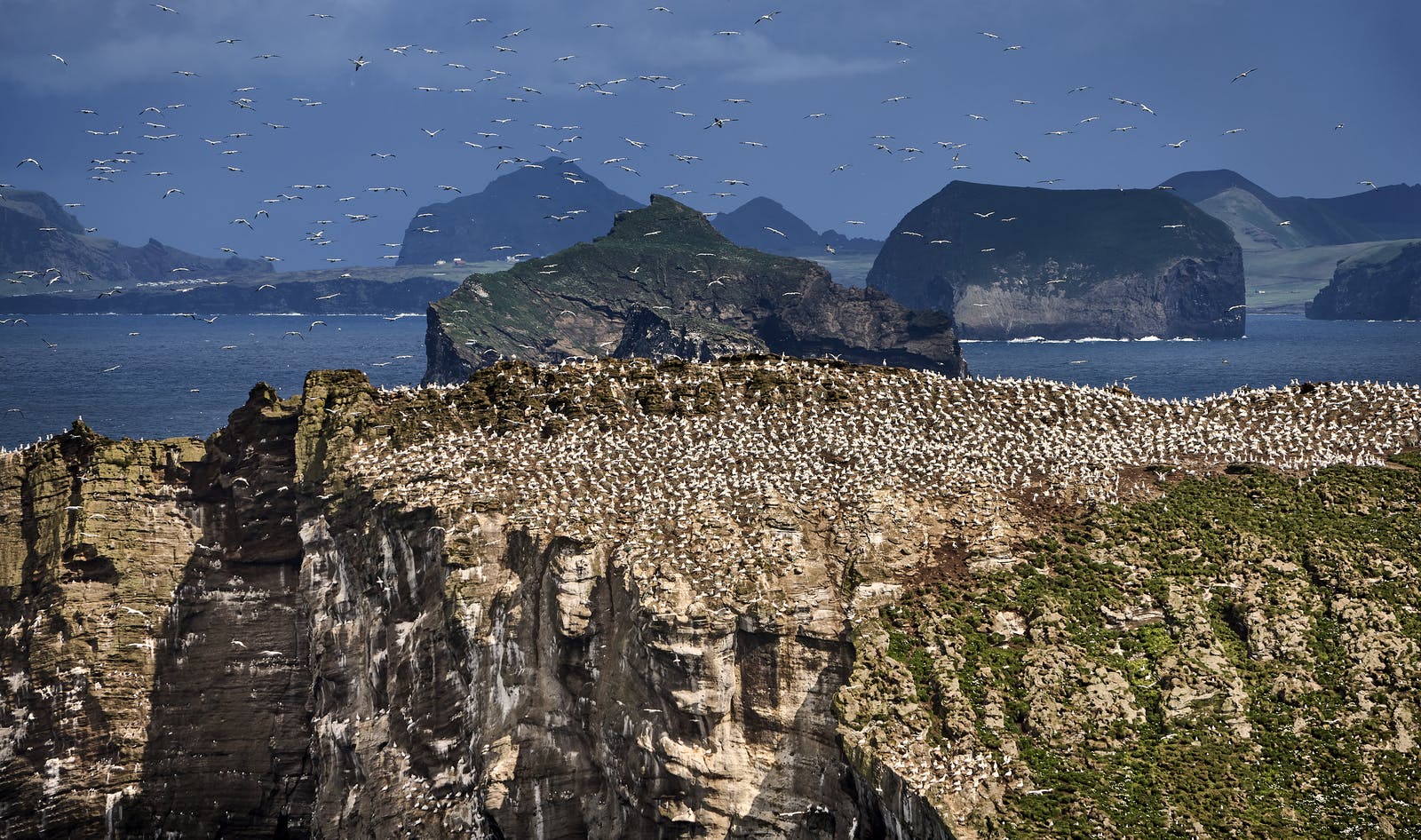
Iceland is renowned for its vibrant seabird colonies. Coastal cliffs and rocky shores provide nesting sites for species like puffins, guillemots, razorbills, fulmars, and kittiwakes. The Westman Islands, Dyrhólaey, and various cliffs along the coastline offer excellent opportunities to observe these seabirds up close.
Birding Tours and Guides
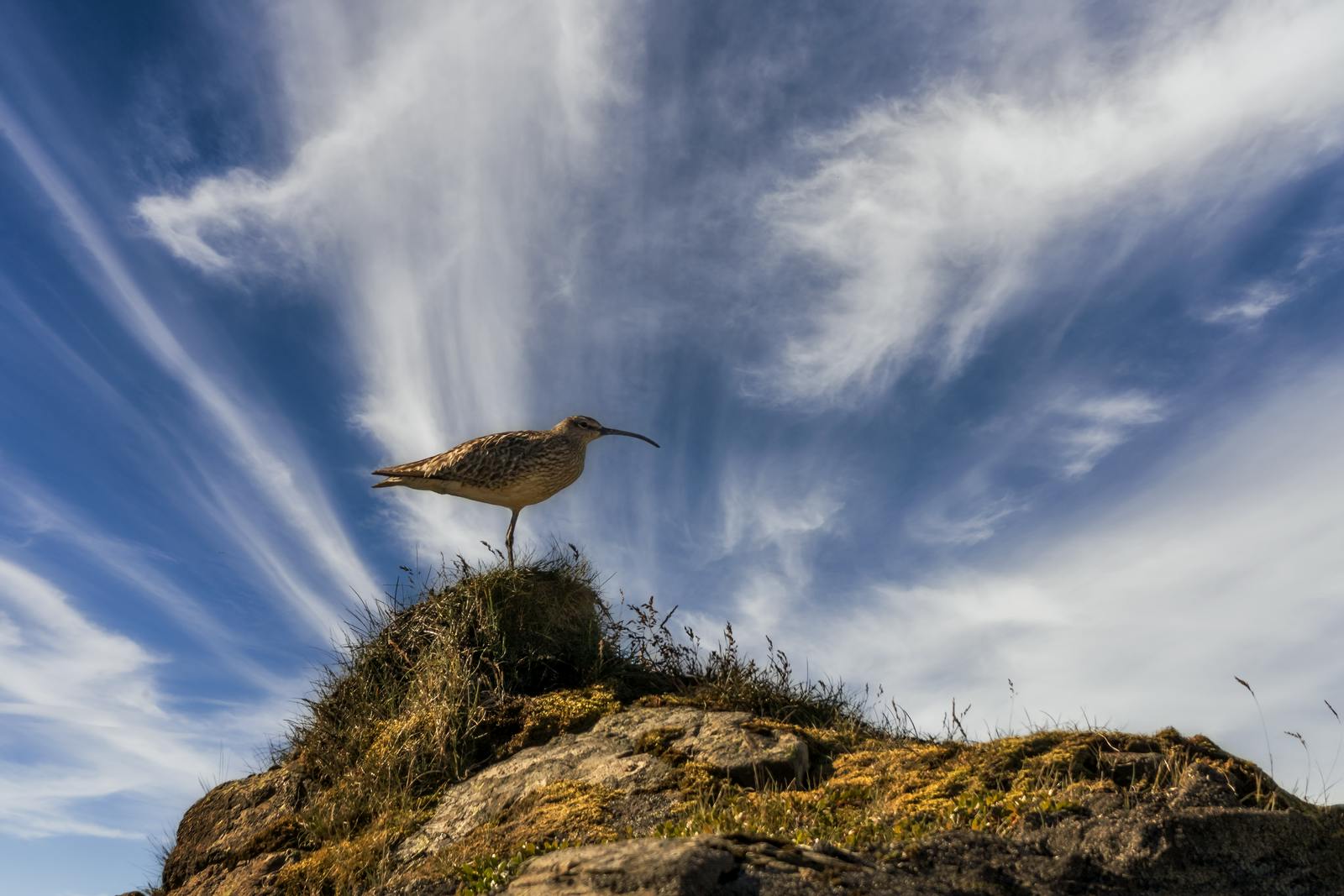
Iceland offers several birding tours and guides that can enhance your birdwatching experience. These knowledgeable professionals can help you locate bird species, provide insights into bird behaviour, and offer a deeper understanding of Iceland's avian life. Here are a few options to consider:
1. Local Birding Guides
Hiring a local birding guide is an excellent way to explore Iceland's birdlife. These guides are familiar with the best birding locations, know the behaviour and vocalisations of local species, and can provide valuable information on conservation efforts and birding ethics. They can customise tours based on your interests and skill level. Look for experienced birding guides who specialise in Icelandic birdlife and have a strong track record of delivering quality birding experiences.
2. Birding Tour Companies
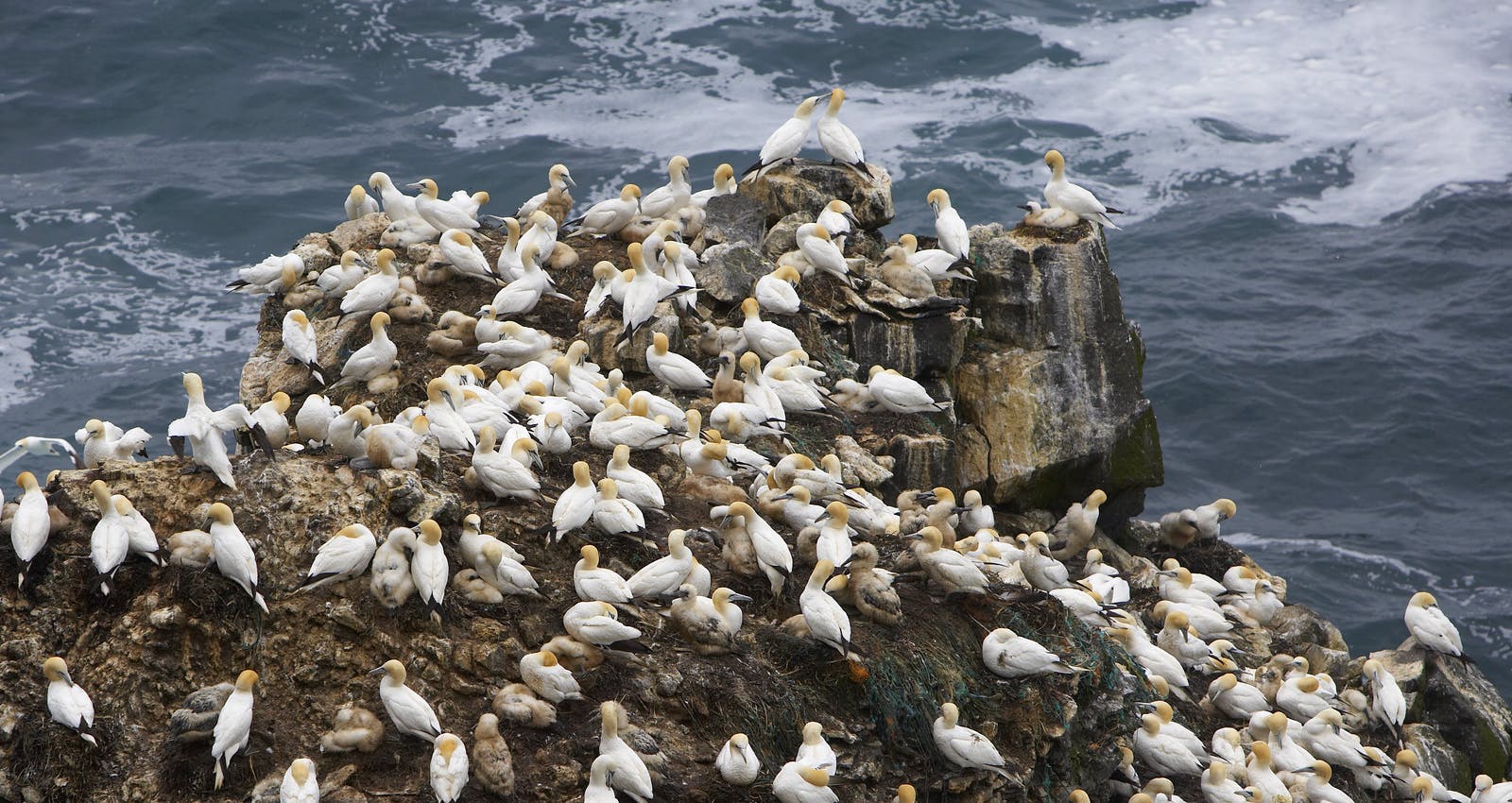
Numerous tour companies in Iceland offer specialised birding tours that cater to birdwatching enthusiasts. These tours often include expert guides, transportation, accommodation, and visits to prime birding locations. Joining a group tour allows you to meet like-minded birders and benefit from the expertise of professional guides. Research reputable tour operators that focus on birding and check their itineraries to ensure they align with your interests and preferred locations.
Birding Festivals and Events
Iceland hosts various birding festivals and events throughout the year. These gatherings bring together birdwatchers, experts, and enthusiasts to celebrate and observe the avian diversity of the country. Such events often include guided birding tours, presentations, workshops, and opportunities to meet other birders. Keep an eye out for birding festivals like the "Festival of Birds" in the Westfjords or specific events organised by local birding organisations.
FAQ
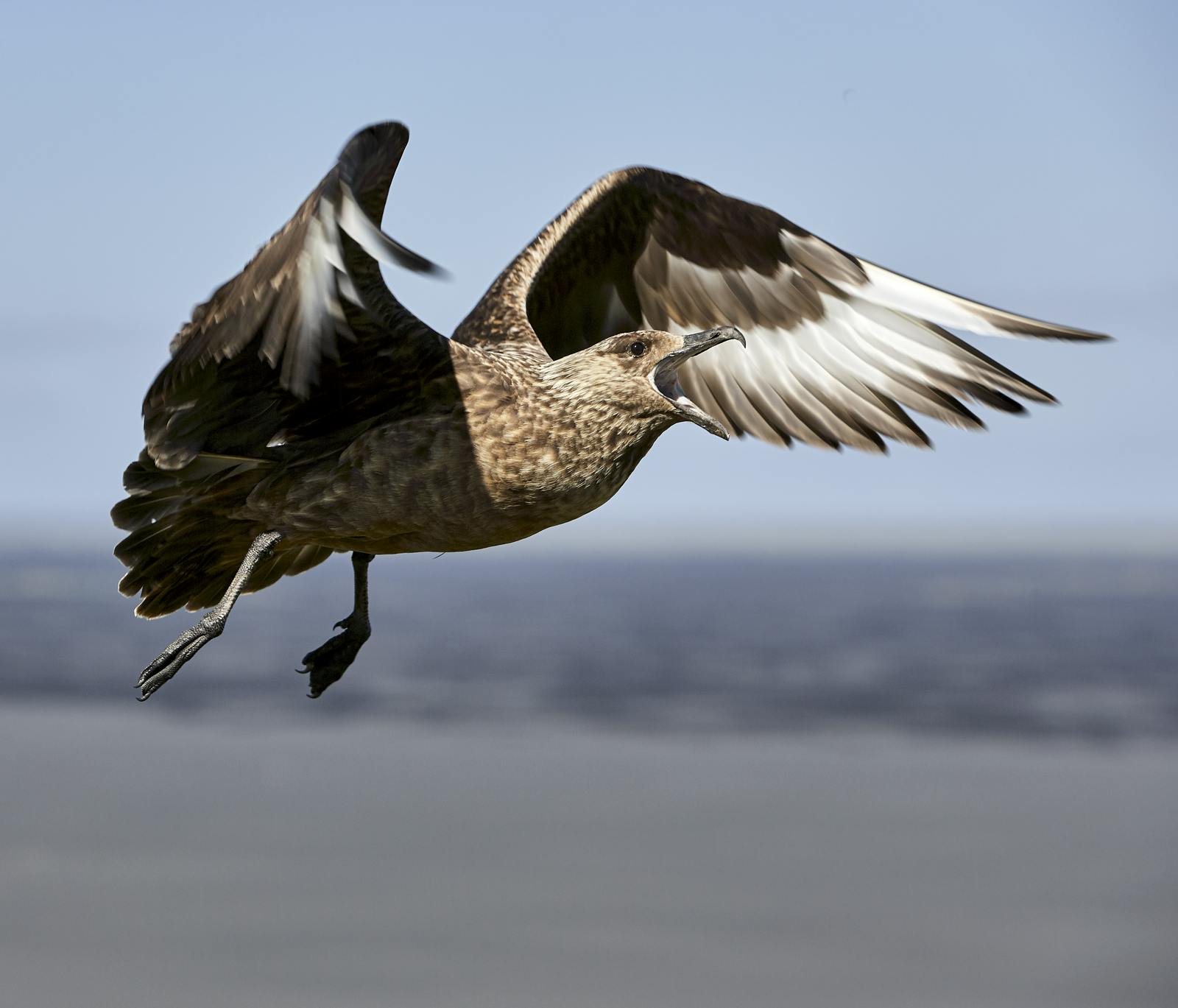
Where can I bird in Iceland?
Iceland offers a range of diverse habitats where you can indulge in birdwatching. Some prime locations are Lake Mývatn, Vestmannaeyjar and Dyrhólaey.
When is the best time for bird watching in Iceland?
The best time for bird watching in Iceland is from April to August, during the breeding season.
What is the most common bird in Iceland?
The most common bird in Iceland is the Atlantic Puffin.
Are there puffins in Iceland?
There are millions of puffins in Iceland every year.
What Months Are Puffins in Iceland?
Puffins can be observed in Iceland during the summer months, typically from April to August. Learn more about the puffin here.







